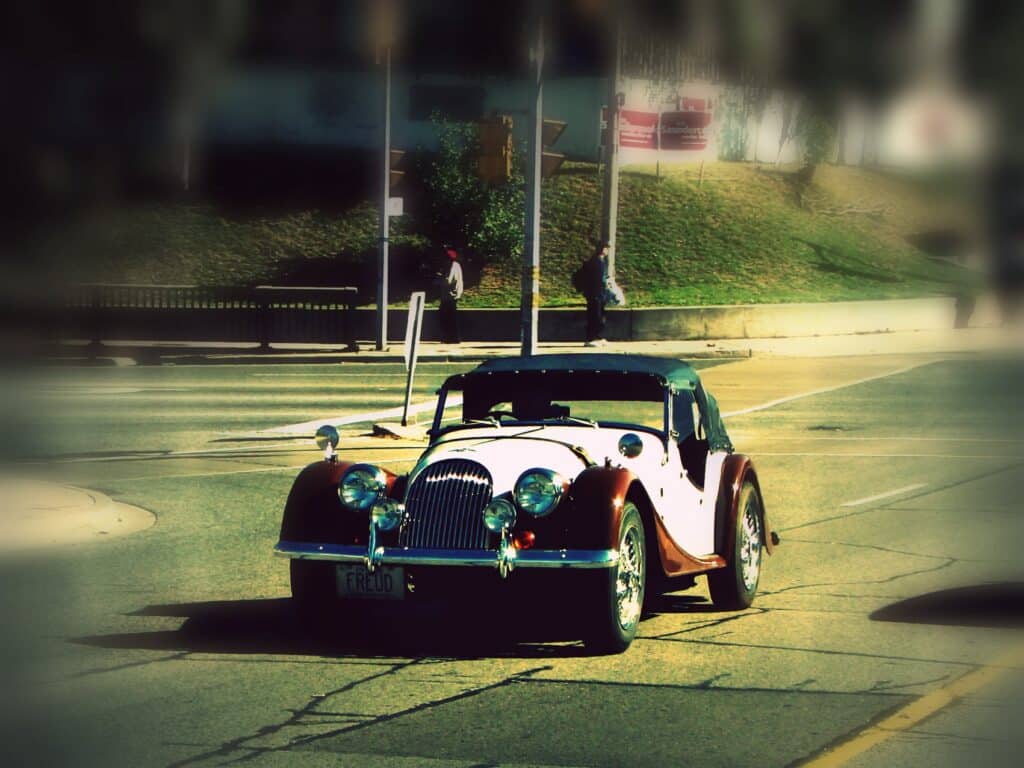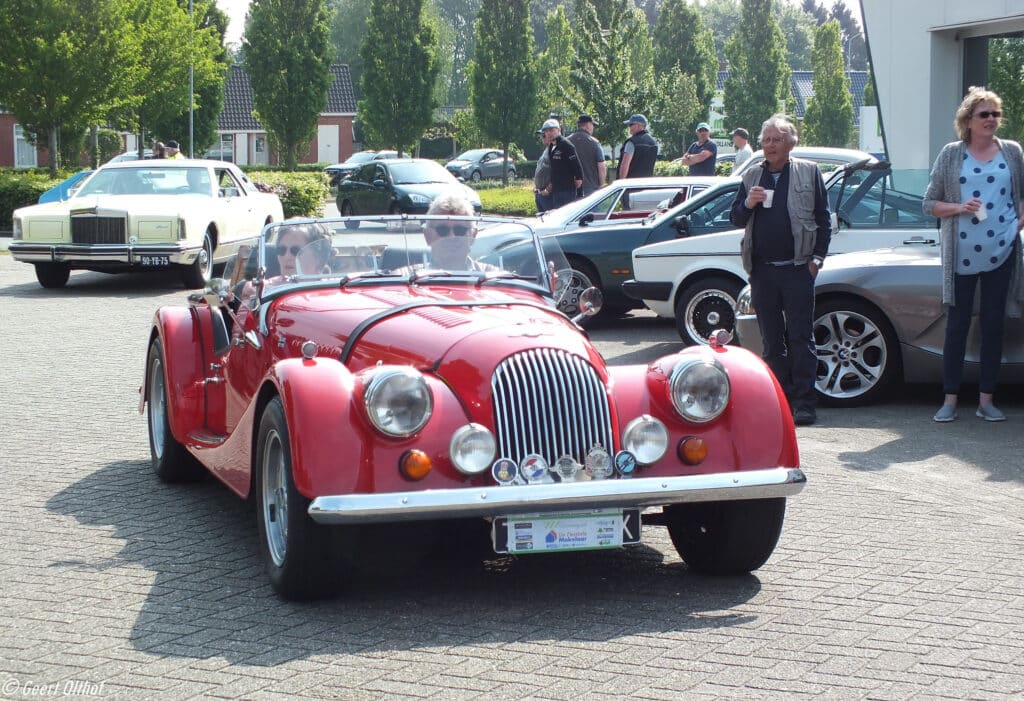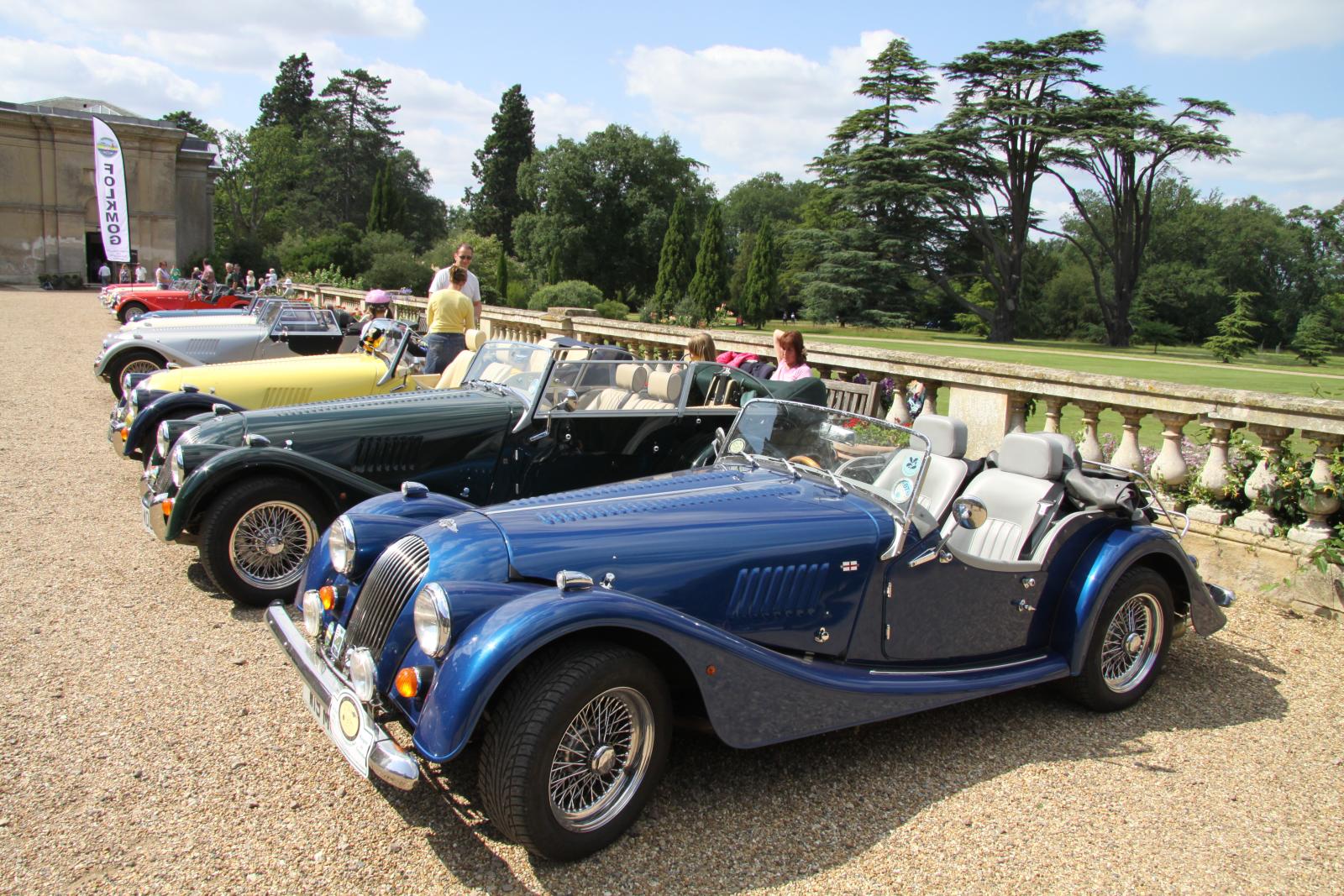Automotive design, just like the mechanics and technology beneath it, is something that has continuously evolved over the years. Car makers experiment with various shapes and solutions to make their models more innovative, practical, or better looking. There are, however, some exceptions to this common practice. One such example is Porsche, whose 911 range hasn’t changed that much throughout the years. Sometimes, telling the difference between particular generations of this car is almost impossible. But that is nothing compared to Morgan, who has been making practically identical cars for decades. Still, this hasn’t stopped this British manufacturer from becoming an automotive legend with a strong reputation. And one of their most famous models with the longest production run is the Morgan +4. Not only was it made for two decades in the first place, but it was also resurrected on two separate occasions afterward. And on top of all, Morgan recently made a tribute model with a nearly identical name and corresponding design.
Morgan cars before the +4 model
Since its beginnings in 1910, Morgan has been anything but a conventional car maker. In fact, most models made by this Malvern-based manufacturer are so different from the rest that they have cemented their place in history books. For some time, their cars used twin-cylinder engines from a motorcycle and had only one wheel at the back. And while this arrangement may seem odd or even awkward, such vehicles had a fair share of fans and did sell well. This was because they offered the agility of a motorcycle and the comfort of a car.
But eventually, Morgan decided to try a more conventional automotive configuration, which resulted in the 4/4 model. This lettering represented the 4-cylinder engine and an equal number of wheels the car had. Still, all the essential ingredients were there – lightweight construction, handcrafted body, and sporty behavior. And these were obviously stirred up just perfectly, as this model was in production from the 30s until recently. The 4/4 also ushered the path for Morgan’s recognizable design language, which had remained virtually unchanged since then. But in the late 40s, there was a need for a slightly larger and more powerful model. This ultimately led to the creation of one of Morgan’s most famous models – the legendary +4.
The first Morgan +4
Introduced in 1950 at the Earl’s Court Motor Show, the all-new Morgan +4 was based on the 4/4 model. However, the new car was longer and wider, which made the interior more spacious. It was available with two or four seats, either as a convertible or coupe. And with a 2,1-liter 4-cylinder engine borrowed from a Standard Vanguard, it was more powerful, too. In addition, +4 was Morgan’s first car to have hydraulic brakes, which ensured far better stopping. With all that, the car was fast and exciting to drive. Moreover, its unique design and hand-built body made it popular among car enthusiasts who preferred tailor-made vehicles.

Things got even better a few years later when the Morgan +4 got equipped with a newly-developed Triumph engine, which developed 120 horsepower. With the car weighing less than 2,000 pounds, this was enough for a 0-60 sprint in 9 seconds and a top speed of 100 miles per hour. Right about that time, the front disc brakes became an option, which made braking even sharper. This gave it racing potential, which was proven at many events. The most notable race victory happened at the 1962 24 Hours of Le Mans.
Morgan +4 and its wooden chassis
It is well-known that all classic Morgans have chassis made from wood. More specifically, a special kind of timber is used for this purpose. This configuration, apparently, gives the car a unique balance between road handling and ride comfort. But amusing or even innovative as it may sound, this actually is not true. In fact, this claim is one of the urban myths spread around by individuals who don’t fully understand the car’s architecture.

An indisputable fact is that all Morgans had a chassis made from steel, just like any other contemporary car. The only thing made out of wood was the body frame sitting on top of it. This, in essence, is a modern-day interpretation of traditional coach-building technology used for making horse carriages. The only real difference was that steel plates were used as the outer skin instead of wooden veneer.
This unusual body-building technique had several advantages. For a start, it was a well-proven technology at the time, well-mastered by coachbuilders. In addition, it eliminated the need for expensive and complicated metalworking machinery, which lowered production costs. Again, this was hugely important for a small-scale manufacturer such as Morgan. And, lastly, there was some truth to the before-mentioned myth.
Morgan +4’s resurections
The original Morgan +4 remained in production for almost two decades, until 1969, when it was substituted with a Plus 8. But during the 80s, the manufacturer noticed a void in their lineup and decided to revive the famous +4 model. The freshly reborn car was visually identical to the one from the 60s, with only minimal design changes in between. Where these two differed, however, was the mechanical underpinnings, with the engine being the most notable. For the first several years, the new Morgan +4 used a modern 4-cylinder unit sourced from Fiat, together with matching transmission. Later, this was replaced by a hugely popular Rover’s 2-liter engine.

Because this make-shift resurrection proved successful, Morgan pulled it off once again in 2005. For this occasion, they equipped it with Ford’s engine, whose performance and reliability have been proven in many cars worldwide. Obviously, a small-scale manufacturer such as Morgan would never go into developing drivetrain components on its own, as this would be financially unfeasible. A body with a wooden frame is not as rigid as one made of steel and will flex under extreme loads. This consequently increases ride comfort while allowing the chassis and suspension to be firm on the ground.
The all-new Morgan Plus Four
After making the same car in almost unchanged form for nearly 70 years, Morgan recently decided the time for a redesign has come. The new model, revealed in 2020, was redesigned and reengineered from the ground up. But despite being a clean-sheet job, this car, now called Plus Four, stayed true to the factory’s signature-mark styling. Morgan, in essence, reshaped the original +4 just enough to make it look modern and sleek. In a way, they made a homage car to celebrate the model that meant so much to them.

More severe changes, however, happened under the recognizable skin. For a start, wood and steel gave way to aluminum, which is bonded together to create a monocoque chassis. Besides lightness, this also ensures torsional rigidness and, consequently, sharpens up the handling. Aluminum usage also means there will be no rust, which will prove its value in the future.
As expected, the mechanics received a significant update, as well. An engine is still a 4-cylinder unit, but it is turbocharged and made by BMW. Even as standard, these engines will produce 260 horsepower and an astonishing 400 pound-feet of torque. And these engines have a lot of tuning potential, which will undoubtedly be exploited on the aftermarket scene. The Morgan Plus Four is available with BMW’s 6-speed manual transmission or, for the first time, an 8-speed automatic. Some will dispute a roadster with such a gearbox, as apparently, it kills the joy of driving. But in reality, this is one of the best transmissions in the world, as it ensures rapid gear changes and nearly bullet-proof reliability.
A brief on Morgan +4
Morgan +4 was a convertible with an optional coupe-style roof, made by this famous British manufacturer on several occasions. It was first introduced in 1950, with an engine from Standard Vanguard and, later, Triumph. This original car remained in production until 1969, but only to be revived twice in the future. On the first occasion, between 1985 and 2000, it came with 4-cylinder engines borrowed from Fiat and Rover. Later, in 2005, the +4 made another appearance, now using Ford’s powertrain. Lastly, in 2020, Morgan introduced an all-new, redesigned Plus Four, which features aluminum construction and BMW mechanics.





